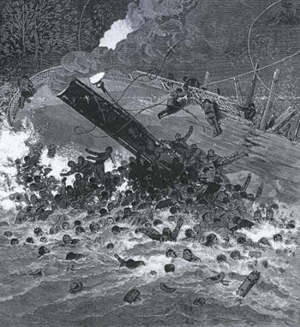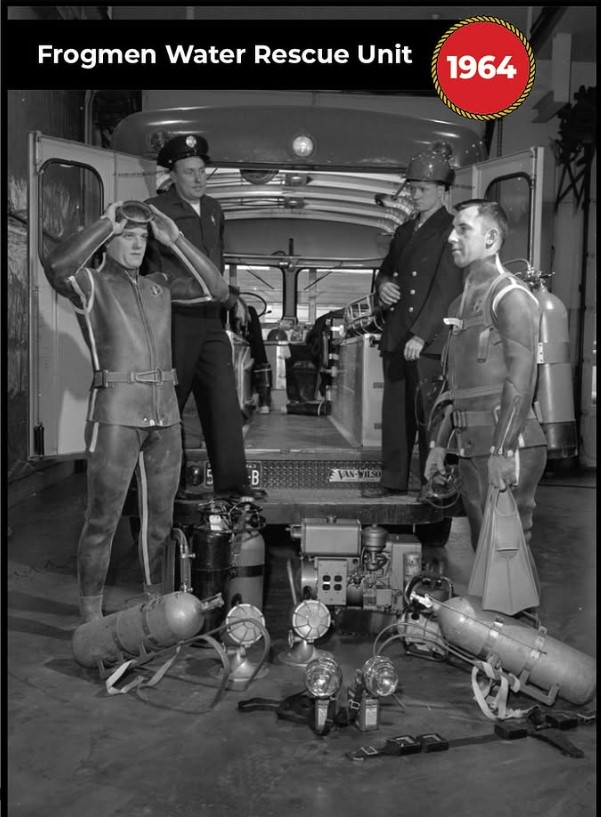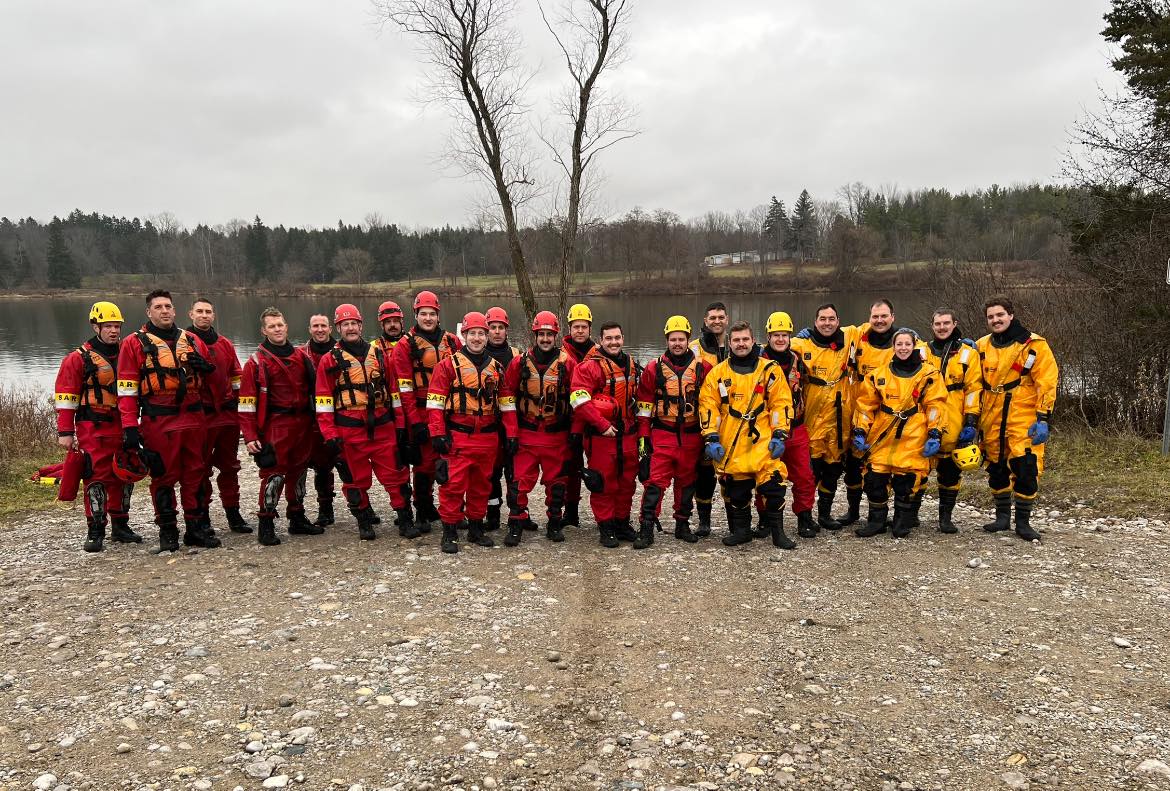
by Christopher Doty
The catastrophe is one that can scarcely be appreciated in all its magnitude…
Future growth the city of London was assured when a new water supply was secured at the fresh water springs near the village of Byron in 1878. The construction of the new pump house and reservoir led to the creation of Springbank Park, the community’s most popular picnic ground of its time.
Two riverboats companies were soon set up to ferry in Londoners from the downtown area. Many of the vessels suffered from makeshift construction and lax safety standards. Of the six boats that operated on the Thames the worst built was a double-deck stern wheeler named Victoria.
On May 24, 1881 Queen Victoria celebrated her 62nd birthday. The event offered Londoners a rare holiday from their six-day workweeks. Many had decided to take the 15 cent boat ride to Springbank Park and the ferry operators were eager for the extra business. By the time the Victoria arrived at the park for the afternoon’s last return trip, the dock was packed.
“The people were in a hurry to get home. The domestics wanted to get home and get the meals cooking. Kids were cranky. As sometimes happens, people get foolish in large crowds and they don’t think and people crowed on the ship very viciously almost. And it was overloaded in a manner of minutes,” says Kenneth McTaggart, the author of the 1978 book, The Victoria Day Disaster.
The Victoria was designed to carry 400 passengers. By the time it pulled out from the Springbank pavilion at five o’clock it carried 650.
“About half past five we were coming very slow by Griffith’s dam,” recalled passenger James Dreanan. “As I looked down the stair case I noticed the water ankle deep down below. The crowd seemed excited and kept rushing from one side to the other. Captain Rankin told them repeatedly to stand still and not crowd so much.”
It was obvious to Captain Donald Rankin the Victoria would never complete her trip. In a frantic attempt to save the boat, Rankin decided to beach the Victoria on a nearby sand bar near the site of the present-day Greenway Park. He had barely given the order when Harry Nichols and Michael Reidy of London City Rowing Club, unaware of the Victoria’s peril, decided to race it down the Thames in their scull. It was the final ingredient for disaster.
“People rushed over to the right hand side of the ship to take a look but the crowd was just too big. The balance was far too off,” says McTaggart. “The ship keeled over tremendously. A lot of them tried to back away from the railing and pushed to the other side of the ship to counterbalance it but far too many balanced way too far and at that point the boiler rolled off its mount.”
As it toppled overboard the boiler took out the main supports for the top deck which then collapsed on the passengers below. In a matter of seconds the structure of the Victoria had disintegrated in seventeen feet of water.
“I was standing on the north side of the upper deck when the crash came,” wrote survivor William Soper. “I was hurled into the water with five hundred others. I sank to the bottom but managed to climb up on the people, but in turn was climbed up on by others. I then exerted myself for a final struggle and got on top again and reached the shore…The screams which arose from the drowning mass were terrific.”
The scenes that followed can only be described as horrific. Many women were dragged under the surface by the weight of their waterlogged dresses. Will Skinner had to watch helplessly as his sister was pulled under by another drowning victim. Two young bystanders who worked frantically to drag people to the safety of the riverbank became exhausted and drowned. Thomas Stevens, upon learning his entire family had been lost, had to be restrained from throwing himself into the river.
Bodies recovered from the scene were stacked onto the decks of another steamer like cordwood and transported to the forks of the river. All through the night, Londoners made their way to the site to identify loved ones by torch light.
“The catastrophe is one that can scarcely be appreciated in all its magnitude, but if the roofs of all the houses in London could be raised to-day the scenes of woe would make the strongest man weep,” read a particularily bleak article in The London Free Press.
“The shops have been closed and the city is to wear a badge of mourning for a month,” wrote local resident Amelia Harris in her diary two days after the disaster. “Coffins could not be got in London sufficiently for the dead and they have been telegraphed for to Toronto, Hamilton and other places. Funeral processions have not been out of sight from early morning until dark.”
The total death count was estimated at 182, although it was probably higher. It was London’s greatest loss of life in a single day – and no one ever served a single day in jail for it.
(Source: Notebook from Yesterday)
“The captain blamed the people. The people blamed the owners of the ship and the company line,” sums up McTaggart. “Everybody blamed everybody else without realizing – they all caused it.”





